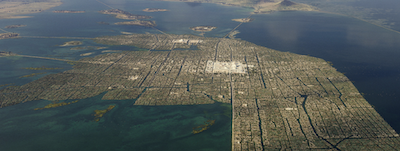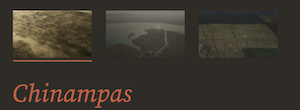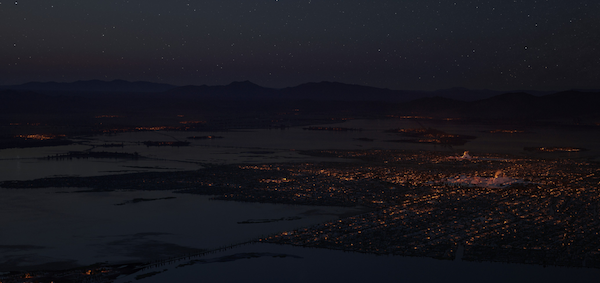|
Artists Render 3D Images of Ancient Aztec Capital
September 14, 2023
Bursting from a 3D computer reconstruction is Tenochtitlan, capital of the Aztec Empire, the result of a multi-year research project by a team led by a Dutch artist. Tenochtitlan was the capital of the Aztec Empire for nearly two centuries, from 1325 to 1521. The product of sophisticated engineering and determined city-building, it was at its height one of the highest-populated cities in the world. A Portrait of Tenochtitlan is the latest offering from Thomas Kole, a technical artist specializing in interactive games and installations for museums and other presentation spaces. His other work includes melding virtual reality and live broadcasting. The Tenochtitlan presentation progresses as you scroll down the screen, emphasizing the fabled city's famous grid layout, with its canals, causeways, dykes, and bridges uniting the various neighborhoods and purpose-built parts of what was once a thriving metropolis. Scrolling down further, you encounter an illustration of the chinampas (floating gardens), which were rafts of trees and mud. On these grew all manner of crops, including avocados, beans, corn (known as maize), potatoes, squashes, and tomatoes. The artist then presents a full view of the island, as it is now (with photos from noted photographer Andrew Semo Garcia) and as it is envisioned to have been in the 16th Century, with views of the landscape and the downtown area and even a nighttime shot so you can fully appreciate what the Aztecs might have seen. That shot is an illustration of the New Fire Ceremony, which marked the end of a 52-year cycle, one full time through the Aztec calendar round. The presentation also includes the capital's twin city, Tlatelolco. Kole (to whose credit the photo illustrations go) said that he and a team of more than a dozen people used open-source software such as Blender, Darktable, and Gimp to create the images, which were based on 18 months of historical research. |
Social Studies for Kids |
Social Studies for Kids
copyright 2002–2024
David White







